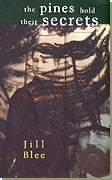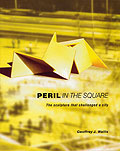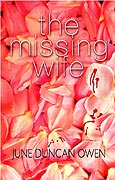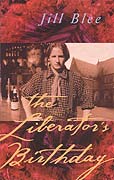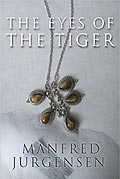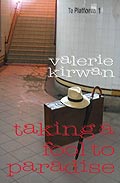The Trembling Bridge
Sunday, August 5th, 2007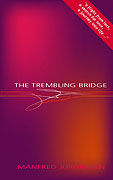 The Trembling Bridge, by Manfred Jurgensen, explores migration as a rite of passage. It tells the story of Mark, a story in two parts. Part 1 is his boyhood in southern Denmark and northern Germany toward the end of WWII. The second part is about his migration and settlement in Australia, the land of the “beautiful enemy”.
The Trembling Bridge, by Manfred Jurgensen, explores migration as a rite of passage. It tells the story of Mark, a story in two parts. Part 1 is his boyhood in southern Denmark and northern Germany toward the end of WWII. The second part is about his migration and settlement in Australia, the land of the “beautiful enemy”.
Mark is delicate as a child, who suffers the loss of his father in the war and the premature death of a friend. As the war ends he sees in the refugees who flood into his town, the horror of displacement, hunger, fear, defeat. Because of his ill-health, Mark has to stay for some time in a sanatorium, where he is fascinated and frightened by a very charismatic bigger boy, Sannes, who on one occasion, sexually assaults him. Sannes is the focus of the sequel novel to be published by Indra in late 2004, The Eyes of the Tiger.
From the Bonnegilla migrant camp, to the secondary school examinations board, Mark’s life gradually becomes more established. The story ends on a positive note, as if, after the often harrowing hard work of growing up and settling into a new country Mark feels he is about to set off into the independence of his maturity.
March 2004, 344 pp
Paperback, 216 x 138 mm
ISBN 1 92078703 8
Fiction, 1st edition
RRP $aud 26-95
ISBN-13 9781920787035
The Author
Originally from Denmark, Manfred Jurgensen settled in Australia at the age of twenty-one, working as actor, playwright and reviewer. Manfred started publishing poetry in the early seventies and to date, he has produced thirteen collections.
He taught literature at Melbourne, Monash and Queensland University where he was appointed to a Personal Chair. From 1984 to 1996 he edited the influential journal of multicultural literature, Outrider. In 1988 he edited the bicentennial Penguin anthology, Australian Writing Now (co-editor Robert Adamson).
Over the last twenty years Manfred has published novels, plays, film scripts, diaries, essays, short stories, literary criticism and poetry. In addition to his writings in English, much of his literary and academic work appears in German. He is a prolific translator and advocate of contemporary Australian literature.
Manfred’s books published by Indra, are The Trembling Bridge and The Eyes of the Tiger.
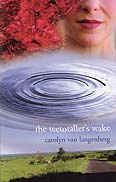 Fiona Hindmarsh, a successful middle-aged economist, likes to live her life her way.
Fiona Hindmarsh, a successful middle-aged economist, likes to live her life her way.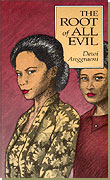 The news of her sick father beckons Komala to return to Jakarta, leaving her husband and children behind in Melbourne, now her home city.
The news of her sick father beckons Komala to return to Jakarta, leaving her husband and children behind in Melbourne, now her home city.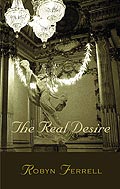 The Real Desire is a collection of essays, written over the last ten years by Robyn Ferrell, who is now Associate Professor of Philosophy at the University of Melbourne. This collection is for the general reader as well as the academic and student.
The Real Desire is a collection of essays, written over the last ten years by Robyn Ferrell, who is now Associate Professor of Philosophy at the University of Melbourne. This collection is for the general reader as well as the academic and student.